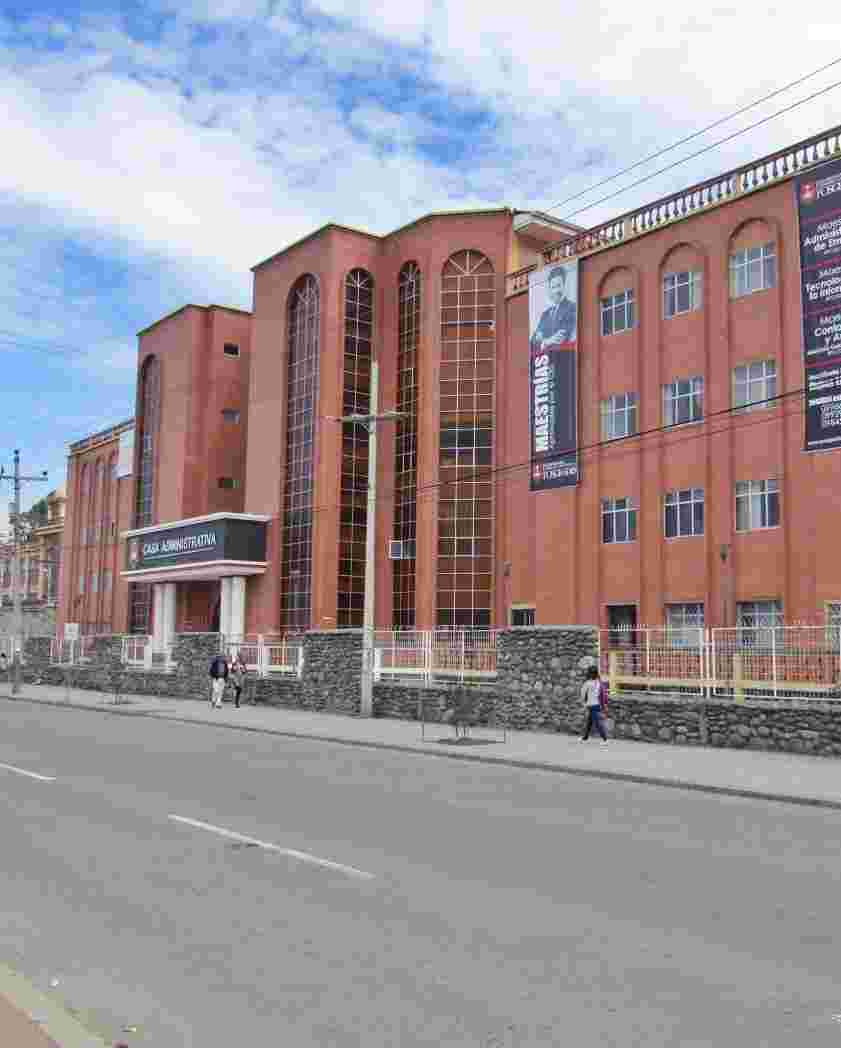Eficacia del sutimlimab y rituximab en el tratamiento de la anemia hemolítica autoinmune: revisión sistemática
Cargando...
Fecha
Título de la revista
ISSN de la revista
Título del volumen
Editor
Universidad Católica de Cuenca.
Resumen
Autoimmune hemolytic anemia (AIHA) is a hematologic disorder caused by the activation of autoantibodies that lead to the lysis of red blood cells. It is classified according to the antibody involved (IgG, IgM), its activation temperature (cold, warm), and its origin (primary, secondary). AIHA caused by warm autoantibodies accounts for approximately 80% of cases worldwide. Currently, monoclonal antibodies such as sutimlimab and rituximab offer a promising alternative for the treatment of the disease. General Objective: To determine the efficacy of sutimlimab and rituximab in the treatment of autoimmune hemolytic anemia. Specific Objectives: To establish an updated bibliographic basis on autoimmune hemolytic anemia and the efficacy of sutimlimab and rituximab in its treatment, in order to update knowledge on the management of AIHA. Methods: A systematic review was conducted following the PRISMA methodology, focused on obtaining, organizing, and describing updated information on the efficacy of rituximab and sutimlimab in the treatment of AIHA. Bias: The RoB 2 tool was used. Level of Evidence: Evaluated using the Oxford and NHLBI tools. Results: Sutimlimab and rituximab (as monotherapy or in combination) achieved hemoglobin increases of 2.6 to 4 g/dL, reductions in lactate dehydrogenase (LDH) of up to 60%, and a significant decrease in transfusion requirements (up to 100%). Response rates ranged from 54% to 93%, with sustained clinical improvements and response times ranging from 3 to 6 weeks. Controlled trials, such as CADENZA, CARDINAL, RAIHA, and Waldenström provided stronger evidence, while open-label studies confirmed efficacy results, although with methodological limitations.
Keywords: autoimmune hemolytic anemia, immunoglobulins, monoclonal antibody sutimlimab, rituximab
Descripción
La anemia hemolítica autoinmune (AHAI) es una patología hematológica originada por la activación de autoanticuerpos que conducen a la lisis de los hematíes, esta se clasifica de por el anticuerpo involucrado (IgG, IgM), su temperatura de activación (Frio, Caliente) y su origen (primaria, secundaria). La AHAI por autoanticuerpos calientes representa el 80% de los casos globales. En la actualidad los anticuerpos monoclonales como sutimlimab y rituximab ofrecen una alternativa prometedora para el tratamiento de la enfermedad. Objetivo general: Determinar la eficacia del sutimlimab y rituximab en el tratamiento de la anemia hemolítica autoinmune. Objetivos específicos: Establecer una base bibliográfica actualizada sobre la anemia hemolítica autoinmune y la eficacia del sutimlimab y rituximab en su tratamiento, para actualizar los conocimientos sobre manejo de la AHAI. Metodología: Empleando el método prisma se realizó una revisión sistemática centrará en la obtención, organización y descripción de información actualizada sobre la eficacia del rituximab y el sutimlimab en el tratamiento de la AHAI. Sesgo: Se empleo la herramienta RoB2. Nivel de evidencia: Evaluado en Oxford y la herramienta de NHLBI. Resultados: sutimlimab, rituximab (solo y combinado) lograron aumentos de hemoglobina entre 2.6 y 4 g/dL, reducciones de LDH de hasta 60%, y disminución significativa en la necesidad transfusional (hasta 100%). Las tasas de respuesta variaron entre 54% y 93%, con mejoras clínicas sostenidas y tiempos de respuesta desde 3 a 6 semanas. Ensayos controlados como CADENZA, CARDINAL, RAIHA y Waldenström aportaron evidencia más sólida, mientras que los estudios abiertos confirmaron eficacia, aunque con limitaciones metodológicas.
Palabras clave
ANEMIA HEMOLÍTICA AUTOINMUNE, INMUNOGLOBULINAS, ANTICUERPO MONOCLONAL SUTIMLIMAB, RITUXIMAB
Citación
Calderón Sisalima, J.A. (2025) Eficacia del sutimlimab y rituximab en el tratamiento de la anemia hemolítica autoinmune: revisión sistemática. Universidad Católica de Cuenca




